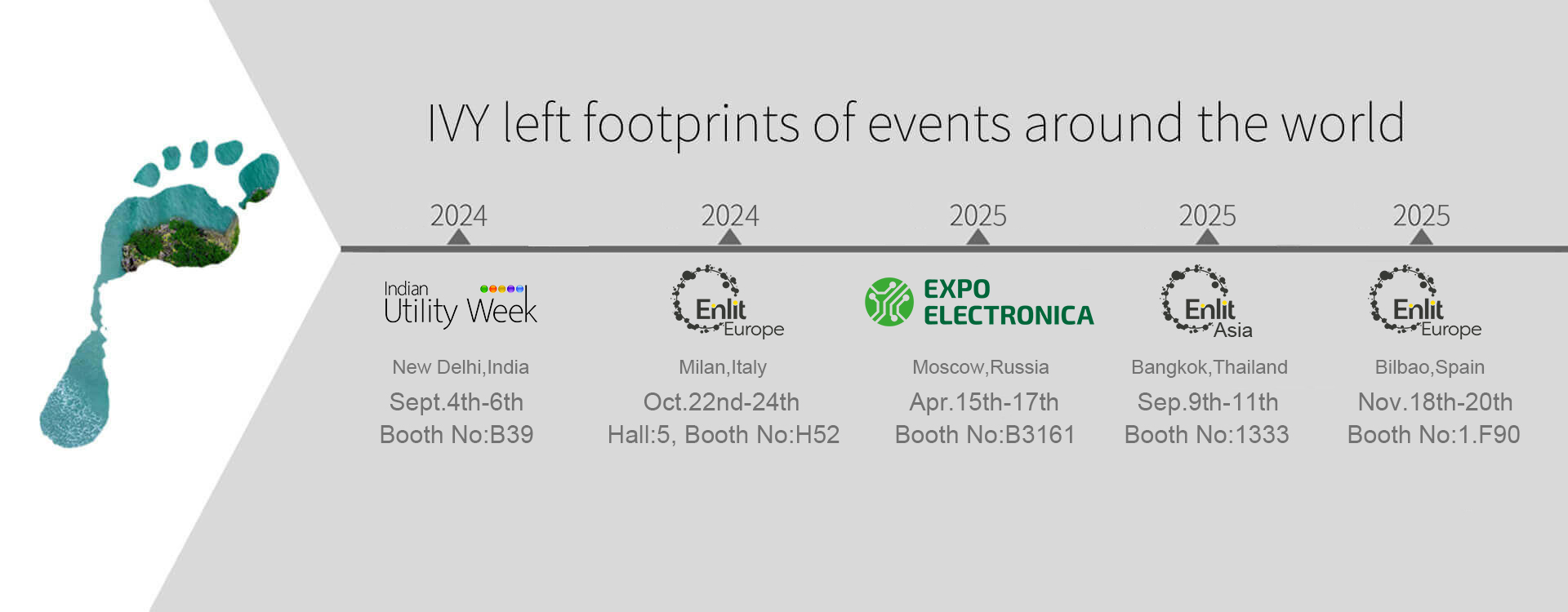The latching relay in metering applications
Today’s suppliers of latching relays have to adapt to the requirements emerging from the solid state metering industry. The main driving forces are cost, size, performance and reliability of the metering equipment. For the electronics, the pressure is on a higher degree of integration with less power consumption and smaller board space. The disconnection device, with its connectors, has to be adapted to the current sensor technology and the busbars carrying the load current.
Energy management applications require the following characteristics from a state-of-the-art latching relay:
Low energy requirement for coil driving (only short pulse to switch);High isolation between control and load; High isolation across the open contact; Low contact resistance; High margins for over currents (fault current, short circuit); Long lifetime (switching operations under load); Low overall implementation cost; Integration of current sensor function for metering.
In order to limit the amount of energy required for operation, a magnetic latch mechanism is used. A permanent magnet keeps the contact in position via an actuator. The direction of the current pulse through the driving coil pushes the magnet into the correct position, where it remains until a pulse of opposite direction is applied to the coil.
The high isolation between the driving coil and the contacts is inherent in relays. The isolation and over-current requirements for disconnection devices require expensive semiconductor solutions.High over-currents generate a magnetic force on the contacts. This force pushes the contacts apart. If the contact pressure of the driving system is exceeded, the contact opens and the arc destroys the contacts.Therefore the newest type of latching relays uses the current through the conductors to the contact to compensate for this effect. The load-current through the conductor loop generates a magnetic field around the contact spring and the busbar, where the load is connected. The resulting force generates additional contact pressure. The contact force has to be well balanced, especially under high fault current conditions.
The composition of the contact material has an impact on the lifetime of the latching relay and the switching capability into high fault currents. It is important that the contacts do not weld as a result of arcing. Contact materials with a high carbon content perform well for make and break operation at high fault currents. For this reason, the contacts in circuit breakers contain relatively high amounts of carbon. However, a high carbon content increases the contact resistance and reduces the amount of switching operations under load. Therefore contacts in latching relays contain oxide, in order to achieve a good compromise between contact resistance and fault current withstand.
For example IM1002, IM-M1201 , A 100A relay has a maximum contact resistance of 500uOhm. With a load current of 100A, the power dissipation is 5 Watt. For relays where currents are in excess of 100 A, special contact arrangements are required in order to minimise power dissipation. The predictable switching time of the newest generation of latching relays allows controlled switching during zero crossing of the voltage for on, and during zero crossing of the current for off. This increases the relay’s lifetime and reduces the risk of arcing under fault conditions (short on the load side).At the same time, the latest relays come with a 500mT anti-permanent magnetic field, allowing you to achieve the anti-magnetic requirements of the meter without the cost of an iron housing(metal case).
The typical development cycle for a new relay takes about 1½ years from the concept stage until it is handed over to production. Most of the initial calculations are computer based and require a high degree of know-how and experience in the field. Selected parts of the relay are built up and tested separately. The high precision requirements mean that the first complete prototypes are already made from tools. One to two iterations are usually required for fine tuning and optimisation. The over-current tests are performed at specialised institutes and are very expensive, so they have to be planned carefully to avoid unnecessary repeats.












